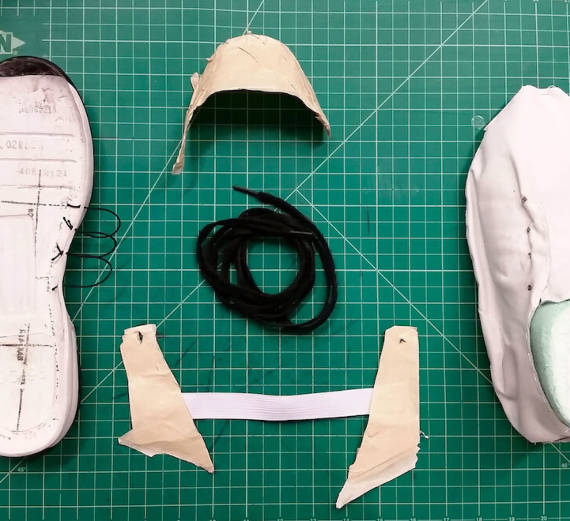Cradle to Cradle Design...More Than a Theory

As a means to preserve itself, nature requires continued balancing. In the millions of years since its birth, nature has proved itself time and time over again its place as the most reliable scale, transcending all basic forms of balance. From the sustaining of human life as a whole, to the movement of the ocean, to even the beauty of a mountain landscape, there is no question that nature knows what it is doing in regards to self sustentation. However, as our world heads toward a continued battle between the will of the environment and that of human life, a larger question arises: how can industrialism be practiced on a large scale without tipping this grand scale?
Taking a look further into this question, in 2002, Professor Braungart and architect William McDonough developed a groundbreaking way to envision a sustainable balance between the will of human consumerism and that of Mother Nature. Cradle 2 Cradle design has emerged as a way to coincide the movement of nature to that of production. In theory, Braungart and McDonough looked toward their design as a way to allow material to circulate in a healthy, safe metabolism. These materials are then separated into complementary categories: “technical” and “biological.” A technical nutrient serves as a non-toxic material that does no harm on the natural environment as they can be used repeatedly throughout their life until eventually converting to waste. A biological nutrient differs as it is organic material which after use can be disposed of immediately and decompose. Take for example a shoe; typically, the sole of a shoe is made of a synthetically produced rubber material, where the upper part may be produced using a naturally produced good. The shoe is separated under the C2C design into the aforementioned categories: technical and biological. The factory which makes the shoe will limit waste of material by continuing to reinserting unused material into their production. Following the production, the shoe is then sold at a retail price lower than standard as the customer will be paying for the length of the shoe’s life. This renewable process continues until the company is tasked with turning their product into waste. In honesty, looking at the entire C2C process makes it all seem too easy, as though a concept such as this would fit like a puzzle piece in the minds of entrepreneurial geniuses. However, when looking at organizations like Apple, Boeing, or Procter & Gamble, this concept seems to slip beyond their point of clarity.
The largest driver of market growth is very clearly profitability from the perspective of masters of capitalism such as Apple, Boeing, and Procter & Gamble. William McDonough preaches C2C as needing a new industrial revolution that could crucially impact a positive future in the world. However, this seamless plan is entirely obsolete without the most influential product in the mind of the consumer-affordability, with a great emphasis on profitability. So then, considering the need for a new industrial revolution for C2C to emerge, is this a realistic goal for our world today? Searching for an answer to this question requires a look at the success of C2C in the modern world. Currently, there exist over 200 companies practicing C2C guidelines, with many products even earning a full C2C certification. McDonough and Braungart provide a full guideline to adopting their practice, creating a clear path for businesses to earn a certification by the C2C standards. However, a number as large as 200 is still an incredibly small niche in the larger comparison of the world. Thus, returning to the motivating factor of profitability for a company seems to be the missing piece in legitimizing C2C currently. Trucost, a leading global environment and data insight company looked to legitimize the C2C theory, doing research on
the actual business effects of adopting the methodology. In the results on their research, it seems as though the answer is more complex than the naked eye would see. It appears that C2C has serious cost reductions, improved product value, growth in sales and increased profit; however, this is all highly speculative. Ecovox carpet tile, a C2C certified brand, has reported over 2.5 million savings from their usage of the methodology. When addressing growth in sales, Ecovox experienced so much fluctuation that there was no ability to correlate C2C to actual success.
Trucost’s analysis proves a difficulty in Braungart and McDonough’s theory: with a single factor, motivating capitalist strongholds toward renewable methodology is difficult as a whole. Primarily, looking toward the future value of the production ecosystem as a whole, pushing a new industrialism toward a C2C model requires only more complete evidence. Thus, there seems to be a greater need for the consumer to purchase from companies that have certified themselves as C2C reliable. More importantly, looking toward C2C in a practical sense, productivity must be redefined in the value chain. If providing this motivation for profitability, this enlightened form of industrialism seems attainable in the future under the C2C methodology, potentially perpetuating this natural scale that should define the form of balance.
